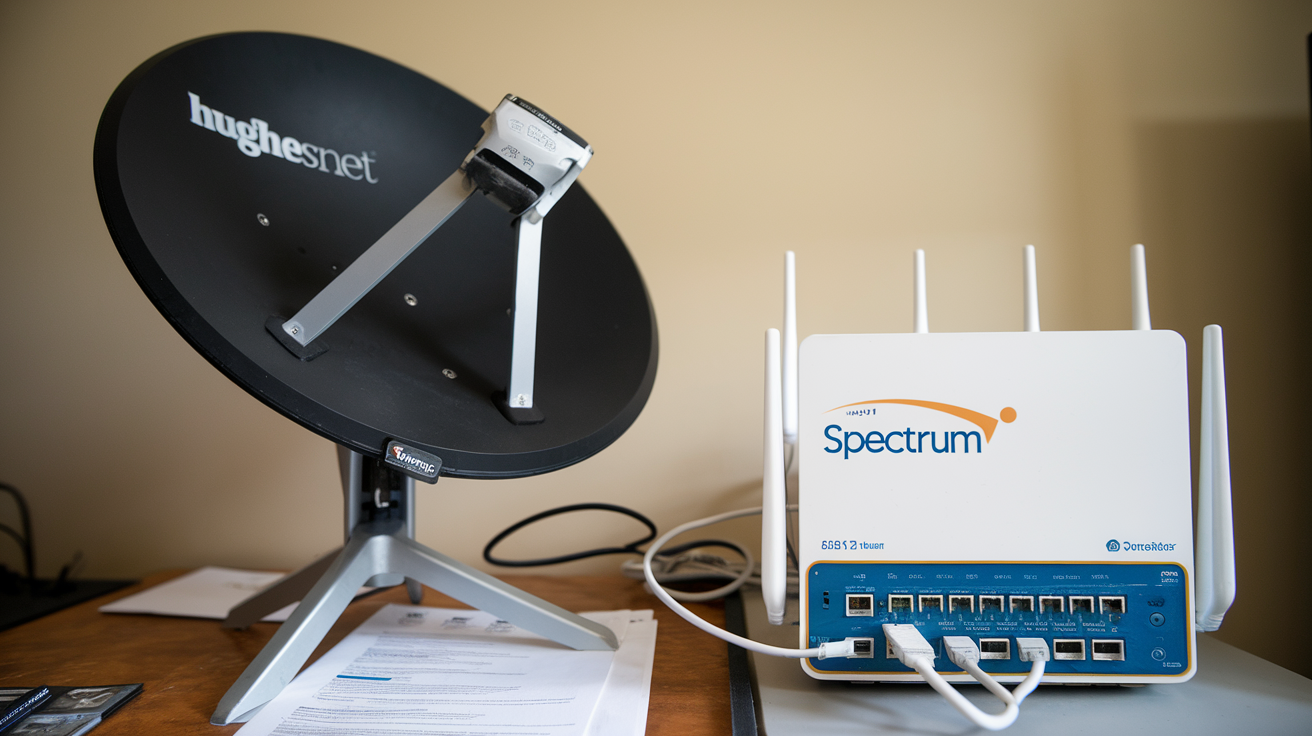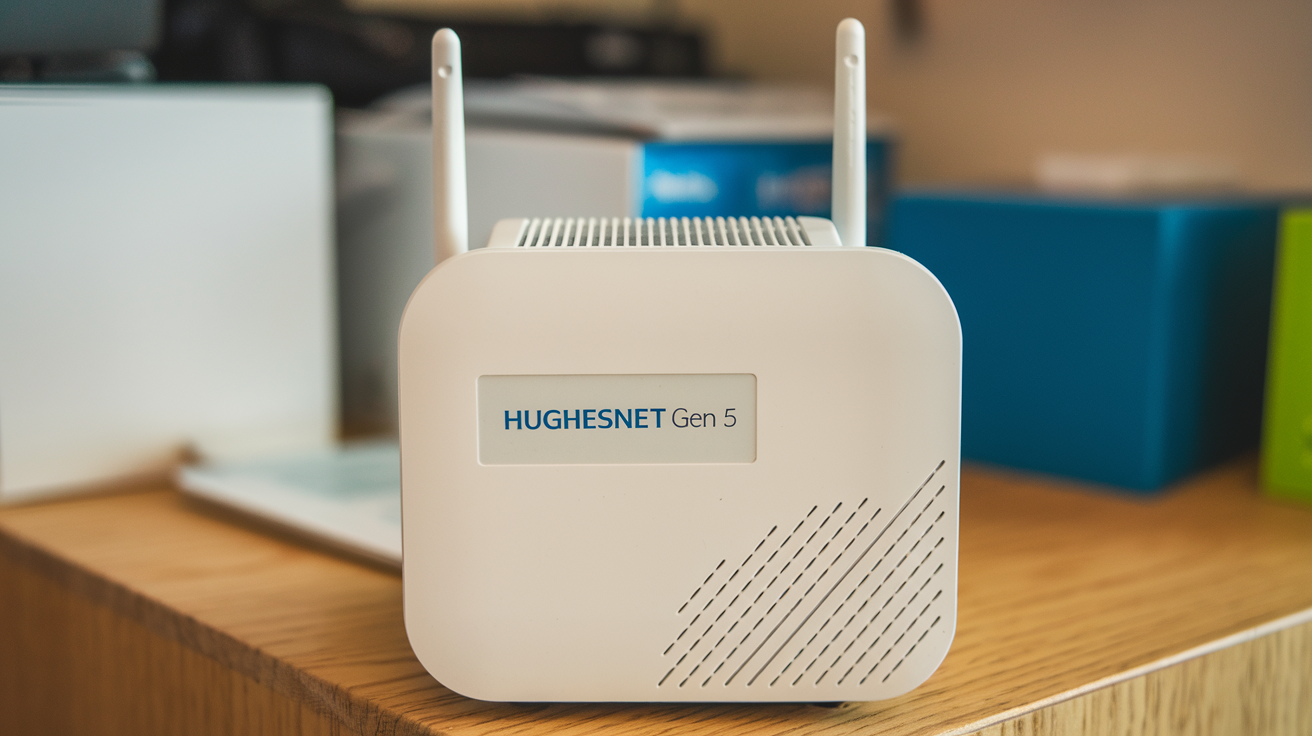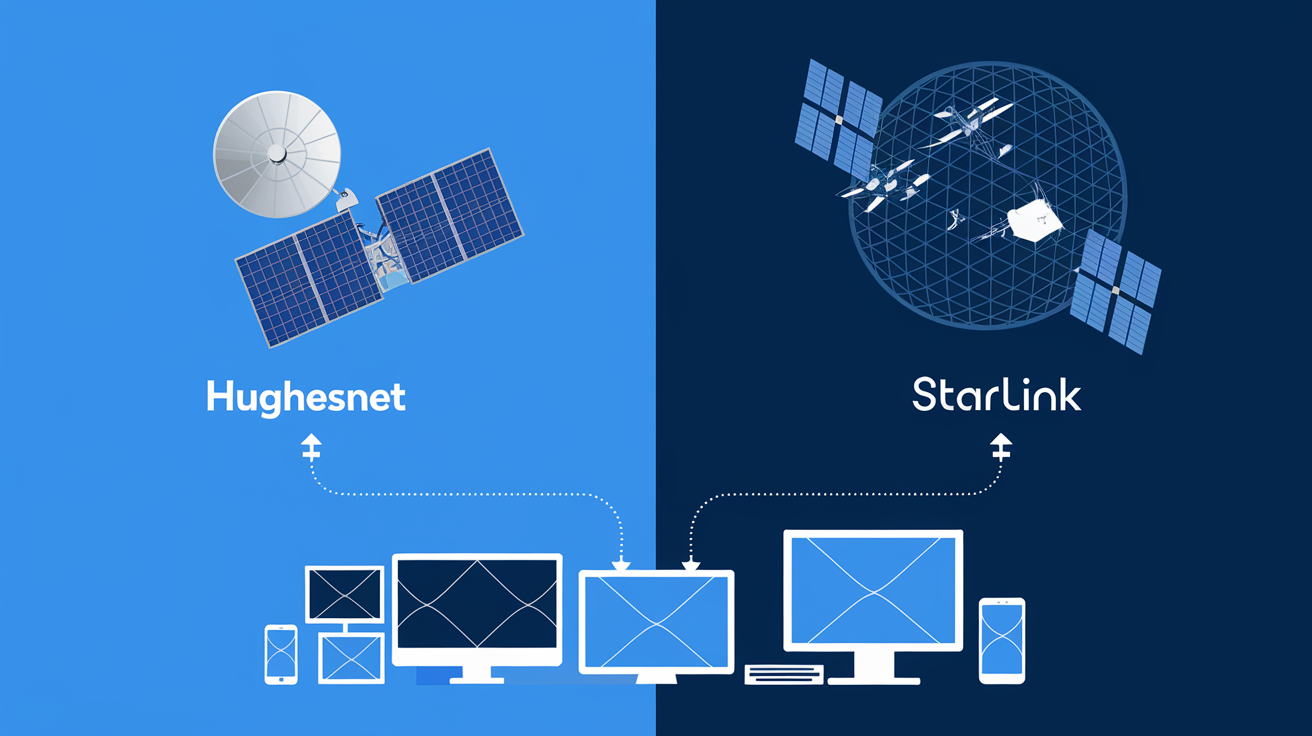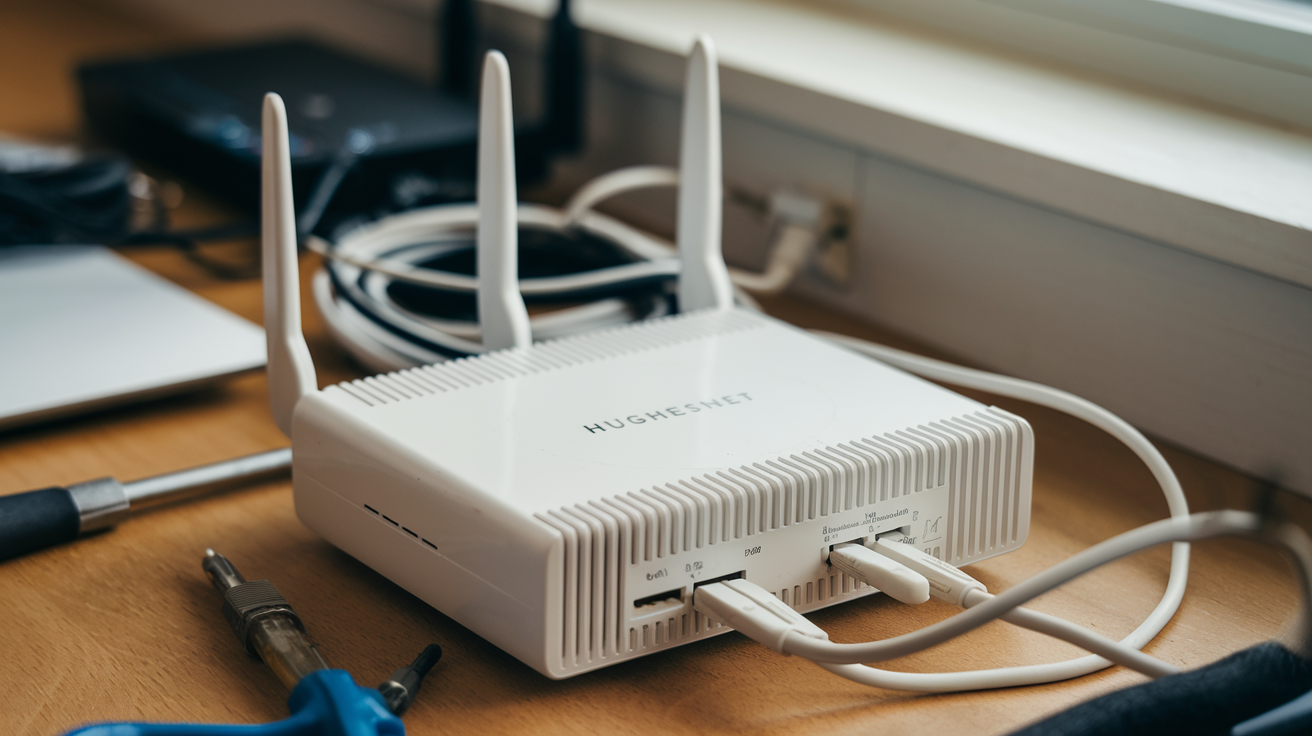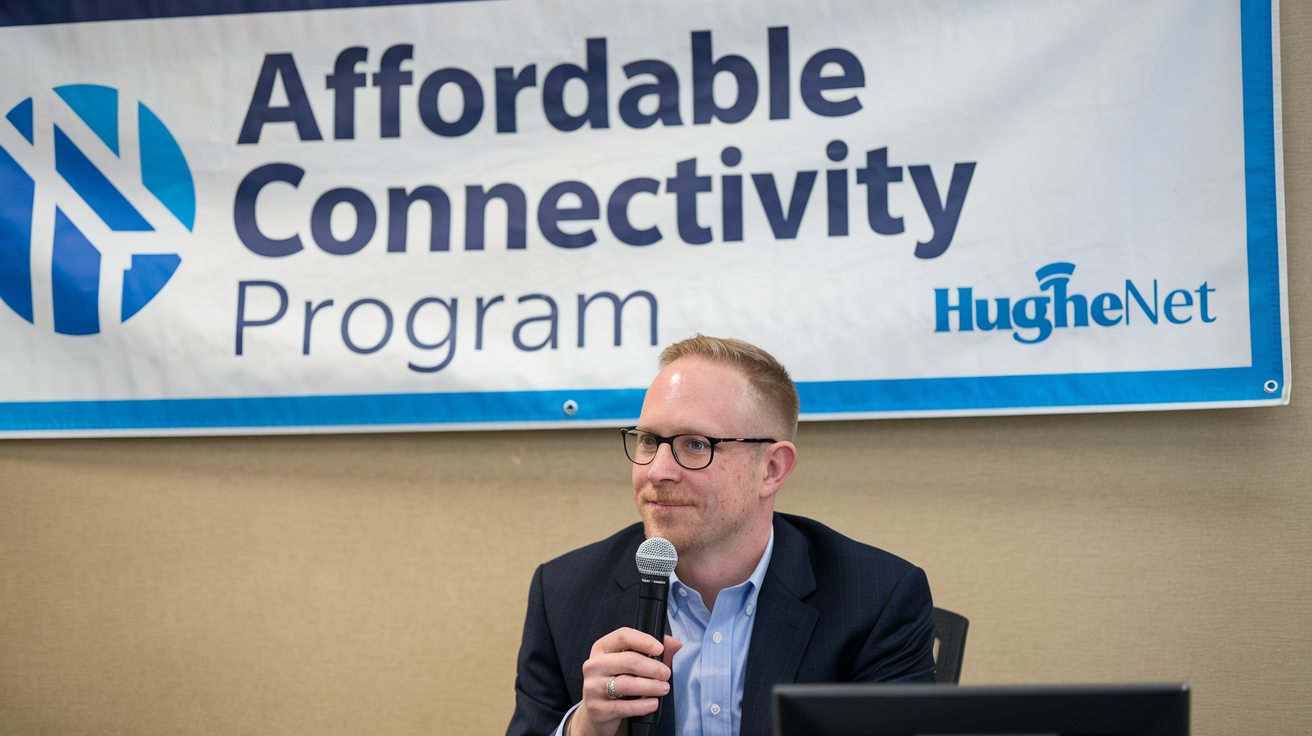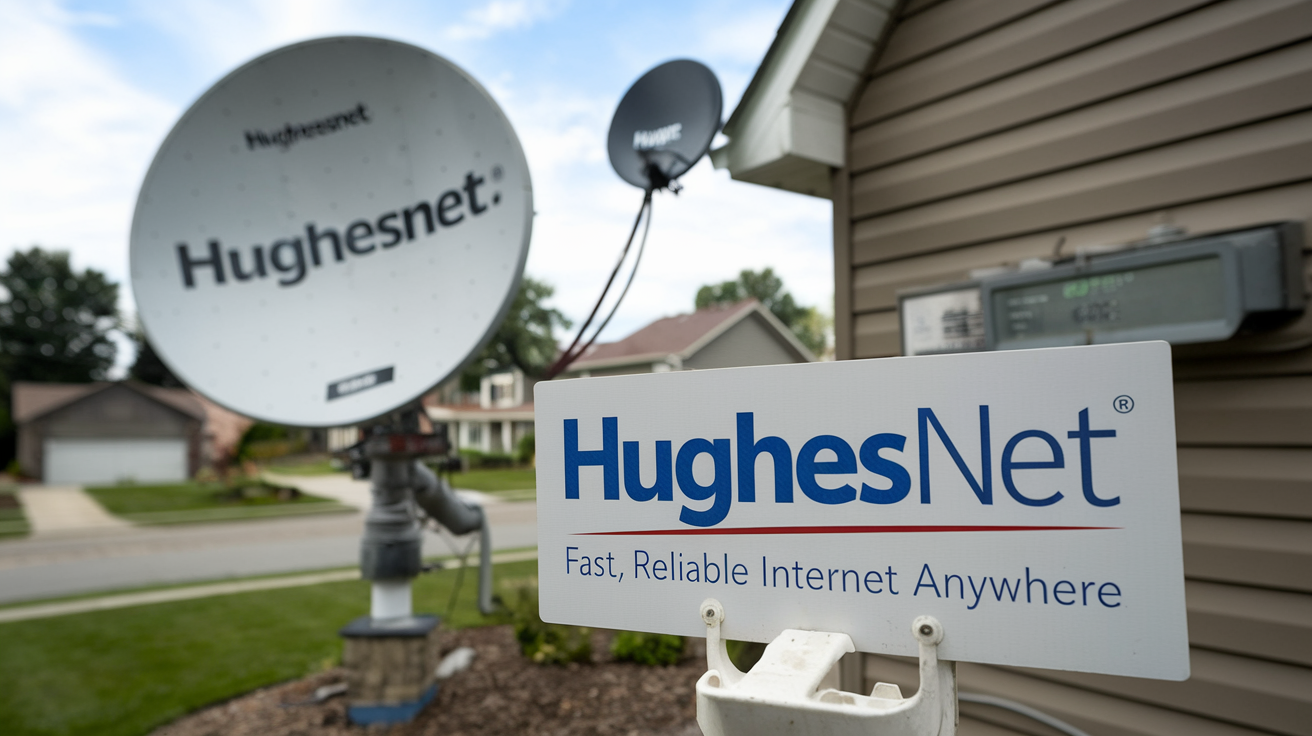-
Posted on: 08 Aug 2024
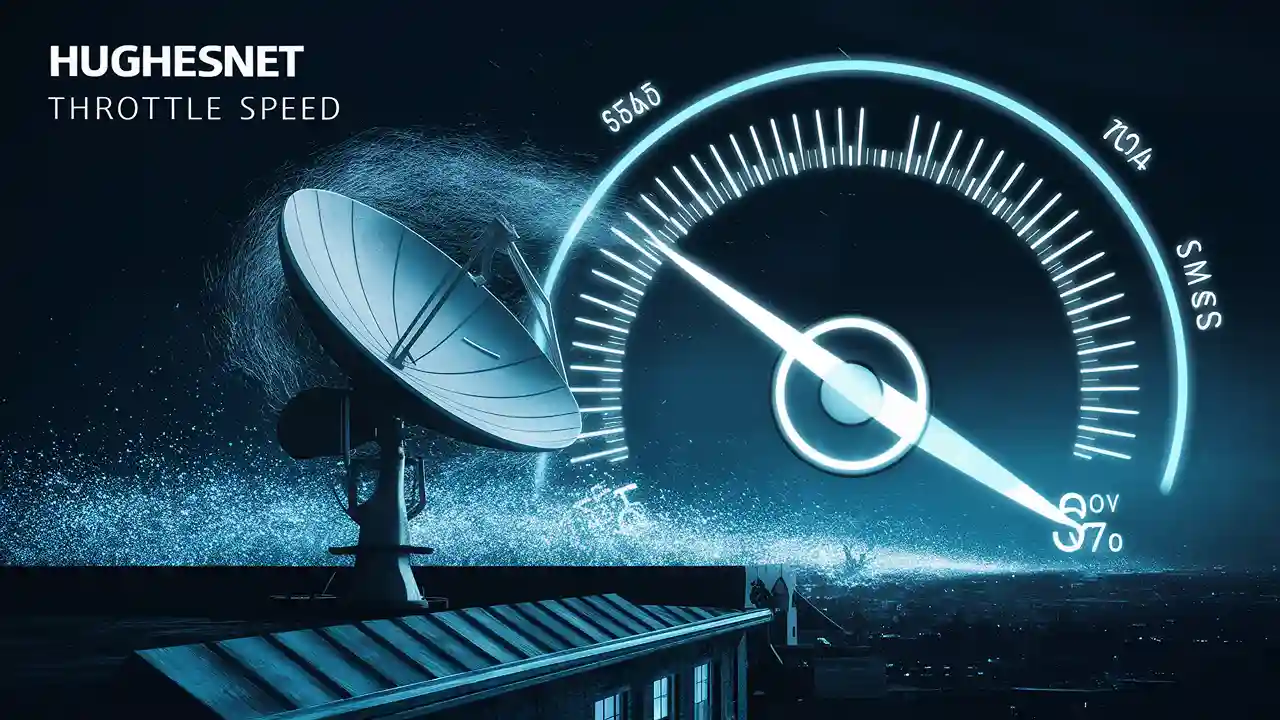
-
HughesNet is one of the leading satellite internet services that has successfully provided satellite internet to millions of residents in the United States, particularly in rural communities. Nonetheless, the customers of HughesNet have expressed their concern in many instances saying that they are getting much lower speeds than what is being offered in the market. This has therefore raised more questions like whether HughesNet slows down internet connection. Here you will find an analysis of experiences that HughesNet customers have had as a result of speed throttling.
What is Throttling?
Throttling means the deliberate limitation on internet speeds by the Internet Service Provider. Bulk consumers can also experience speed throttling during certain times of the day when congestion is high. However, some providers have been said to overdo this by reducing their speeds in a bid to entice users to purchase a higher package.
Does HughesNet Throttle Speeds?
Yes, HughesNet's email did state that their internet speeds are slowed down at some time of the day. Through the official HughesNet website and referring to the customer service information that comes with specific plans, it has been established that users with specific legacy plans can experience a decrease in their connection speed during peak usage hours, which ranges from 5 pm to 2 am of local time.
This peak time throttling only applies to the older HughesNet Gen 4 and Gen 5 plans which are not as efficient as the new plans. Both of their current Gen5 plans released in 2021 do not slow down during peak hours but the plans are limited to monthly data usage.
HughesNet is known for throttling its customer’s internet speeds, and the reason most people want to know is because this is one of the internet service providers’ main business models.
HughesNet as a satellite internet provider has a high level of constraint when it comes to bandwidth availability on their satellites. HughesNet satellites compete with many other homes, using high-quality video streaming or downloading large files during the evening peak hours hence experiencing congestion.
This way, limiting the high-speed use of legacy customers, HughesNet manages to provide customers with equal opportunities to access Internet services while also avoiding disruptions in its operations. This helps to avoid problems such as congestion in the network that may be caused by using one channel for many things. Also, after the peak period, the performance reverts to the mean speed, and it does not relate to any “awesomeness” on the part of the organization.
HughesNet has been criticized for slowing down the speed of internet connections, but the extent to which this occurs is the subject of much debate.
HughesNet plans are categorized to show the exact measure of throttling during peak time. Here are typical reductions in speeds: Here are typical reductions in speeds:
- Gen4 plans: Member States will reduce speeds by 50-75% in peak hours
- Entry level Gen5 plans 10Mbps-25Mbps: This is even reduced to 1-3 Mbps.
- Higher Gen5 plans 25mbps-50Mbps: Lowered by 50%
It is important to note that the current HughesNet plans may provide speeds as low as below 1Mbps during the busy evening hours, which makes processes such as streaming and video calls challenging.
Is HughesNet rationing based on the amount of traffic it transmits?
HughesNet also employs peak-time throttling, where connection speeds are intentionally slowed down during certain hours of the day, in addition to this, there is also a monthly data cap under which you will also get throttled.
HughesNet offers various consumer plans, all of which have data limits that begin at 10GB and are up to 50GB. You can download 300GB of data per month and then speeds are throttled down to 1-3 MBPS for the rest of the billing period.
HughesNet’s data plans also allow for you to get throttled later in your billing cycle if you often watch videos or download big files regularly. This means that those users who do not transfer any data via the internet may not be affected by throttling that relates to data usage.
HughesNet throttling is, therefore, something that subscribers should avoid as much as possible, and for that reason, here are some tips on how not to be throttled by HughesNet.
If you want faster, unthrottled HughesNet speeds at all times, here are some options: If you want faster, unthrottled HughesNet speeds at all times, here are some options:
- You should make sure that you are on a Gen5 plan that was created in 2021 or later because they don’t throttle during peak hours.
- Minimize usage during peak evenings, especially for those activities that use a lot of bandwidth such as streaming high-quality videos.
- Keep a close eye on the amount of data being used and limit data usage when you have depleted most of your monthly data.
- If you use data, for example, and you always go over your limit and get slowed down every month, then you need to buy more data tokens.
- When it comes to choosing your internet service provider, move to an uncapped or unthrottled provider such as fiber or cable if these are available in your region.
The Bottom Line
HughesNet does reduce internet speeds on purpose during certain hours of the evening and also when a certain amount of data is used each month. It can make even streaming videos, having a video call, or gaming a rather unenjoyable experience at some parts of the day.
The primary solution that HughesNet customers can take to avoid throttling problems is by subscribing to the Gen5 unlimited data plans or cutting back on using the internet during peak times. However, the one issue that may make the customer look for other high-speed internet service providers in the neighborhoods is the issue of consistent speed.
